‘Bureaucratic lunatics running the asylum’: Is it time to abolish local councils?
Ratepayers are paying the price for bloated council salaries and mismanaged projects, sparking renewed calls to simply “sack them all”.
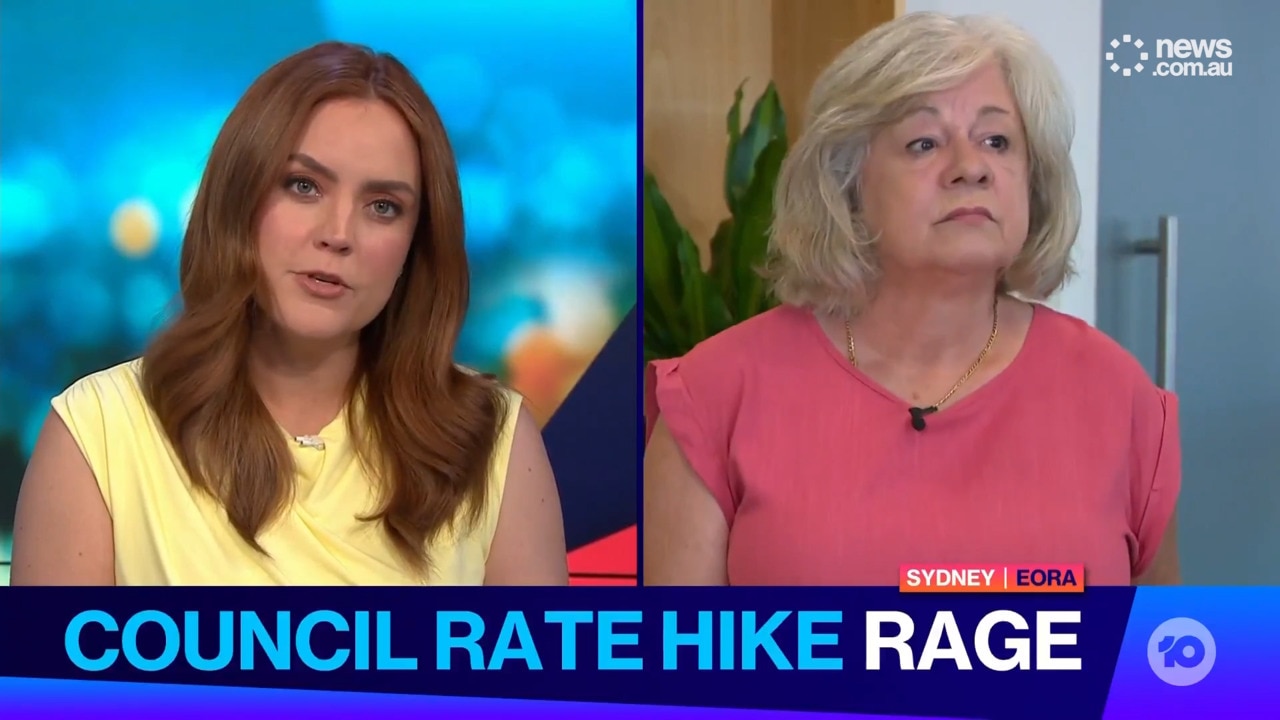
Should local councils be abolished?
The age-old debate in Australian politics — does a country of 20-something million really need three levels of government? — has reared its head again in recent weeks, after a number of councils faced harsh criticism over moves to slug ratepayers with massive increases during a cost-of-living crisis.
Australia has 537 local councils, covering as many as 1.3 million residents for Brisbane City Council, the country’s largest by population, to fewer than 1600 for Perth’s Peppermint Grove.
There are 139 councils in Western Australia, 128 in New South Wales, 79 in Victoria, 77 in Queensland, 68 in South Australia, 29 in Tasmania and 17 in the Northern Territory.
“The level of duplication and triplication of state and federal roles is ridiculous,” said Dean Hurlston, president of Council Watch.
Mr Hurlston, who formed the lobby group originally known as Ratepayers Victoria in 2001, said Queensland’s local government model was arguably the best while NSW and Victoria both had too much of a “hands-off” approach that led to mismanagement and waste.
“In Queensland they have largely been amalgamated into super-sized councils,” Mr Hurlston said.
“This does drive efficiencies but what really helps is making those councillors a much more full-time, hands-on role, meaning they have to demonstrate they have delivered for the community. What we have in NSW and Victoria is a hands-off elected councillor system. That keeps them away from the operational outcomes and allows the bureaucracy to do what it does best — shuffle paper.”
In the case of the NSW and Victoria model, “we would say abolish it and fold it into each state”, Mr Hurlston said.
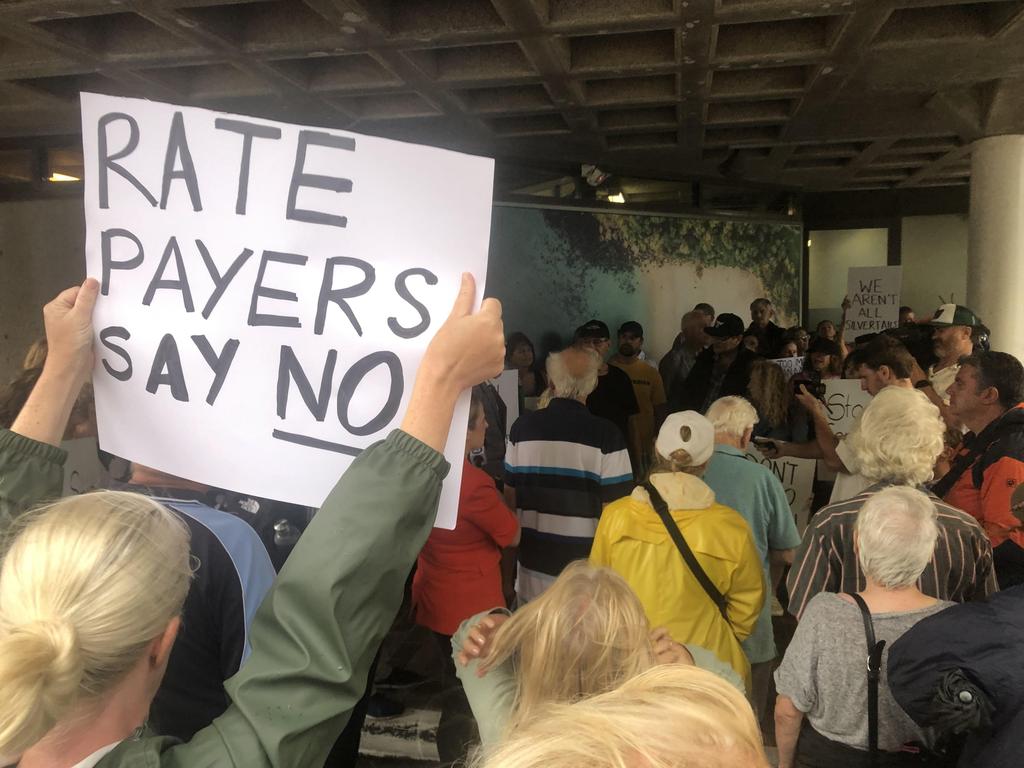
Local government employed 213,500 people nationally last financial year, making up 8 per cent of the 2.5 million-strong public sector workforce, according to the Australian Bureau of Statistics (ABS).
That was a 2.5 per cent rise in headcount on the previous year. The total wages bill for local government employees rose 7.3 per cent in 2023-24 to $16.4 billion.
Northern Beaches Council (NBC) last month saw around 200 furious protesters outside a meeting where it voted to apply for a 40 per cent rates increase, sparking cries of “sack them all” from the public. NBC later faced scrutiny over its bloated $171 million staffing budget — the council employs 1800 people, including 111 managers, directors and executives earning a combined $25 million.
Meanwhile, North Sydney Council is pushing for an 87 per cent increase over three years after cost blowouts and delays in the redevelopment of the North Sydney Olympic Pool left it facing a financial “crisis”, with some locals blasting the proposal as “appalling”.
The redevelopment of the 88-year-old heritage listed pool is now projected to cost $122.2 million, up from a previous estimate of $91.5 million.
“Councils are not designed to run $100 million, $150 million projects and then manage their costs,” Mr Hurlston said.
“The reality is the casual councillor often doesn’t have anywhere near the skill set to run hundreds of millions worth of projects and manage billions worth of assets and to know when the bureaucracy is bulls**ting them. In NSW and Victoria, you’ve largely got the bureaucratic lunatics running the asylum — unelected career bureaucrats who are overpaid and underperforming and can’t actually do the job, and councillors keep giving them pay rises.”
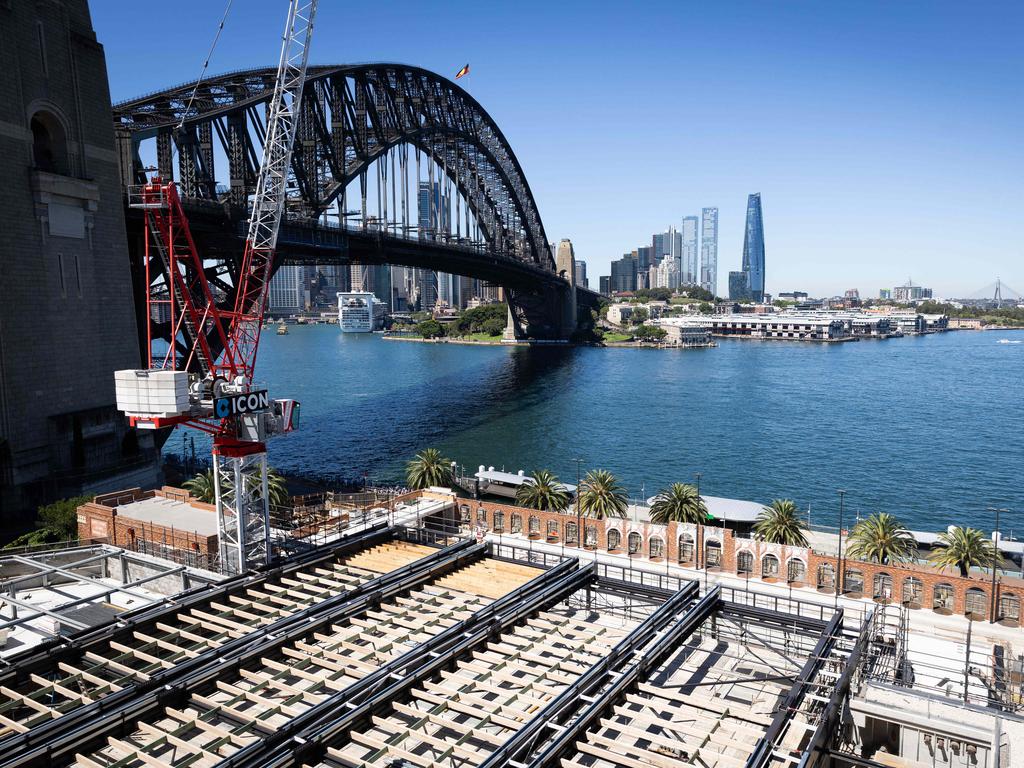
In Queensland, by contrast, “councillors are involved in the big day-to-day stuff, working alongside the executive to ensure they’re on track”.
“That’s the model we need,” he said.
Council rates are capped in NSW and Victoria, and any increases above the limit must be approved by the Independent Pricing and Regulatory Tribunal (IPART) or the Essential Services Commission (ESC) respectively.
“Any council CEO or councillor group asking for, whether it’s a 39 per cent rise or 90 per cent, they should be immediately dismissed,” Mr Hurlston said.
“There is no justification for that. If it’s that serious, the state [should step in] and the Auditor-General should monitor council’s finances.”
He added part of the blame lay with state governments “pushing their responsibilities down” to the council level.
“Councils are obviously sitting on billions of dollars of assets they need to maintain — parks, gardens, roads, footpaths — that’s fair,” he said.
“But councils are not geared up financially both for the actual funding of building and the ongoing maintenance costs for large-scale facilities. What councils need to do is grow up and say to the states, we will do these functions and you will do those, and we will not ask for funding for things we shouldn’t be doing and then cry poor.”
At the same time, too many councils were preoccupied with ideological causes or pet projects rather than “sticking to the basics” like roads and rubbish, according to Mr Hurlston.
“Australian councils don’t want to define their roles, they want to be everything to everyone,” he said.
“They’ll never have enough funding if that’s the case. In a cost-of-living crisis we need government to be small, efficient and responsible. Until each state defines the core role of local government by service this will continue to happen. Good local government ministers will demand that councils deliver great core services before they run off trying to solve the rest of the world’s problems.”
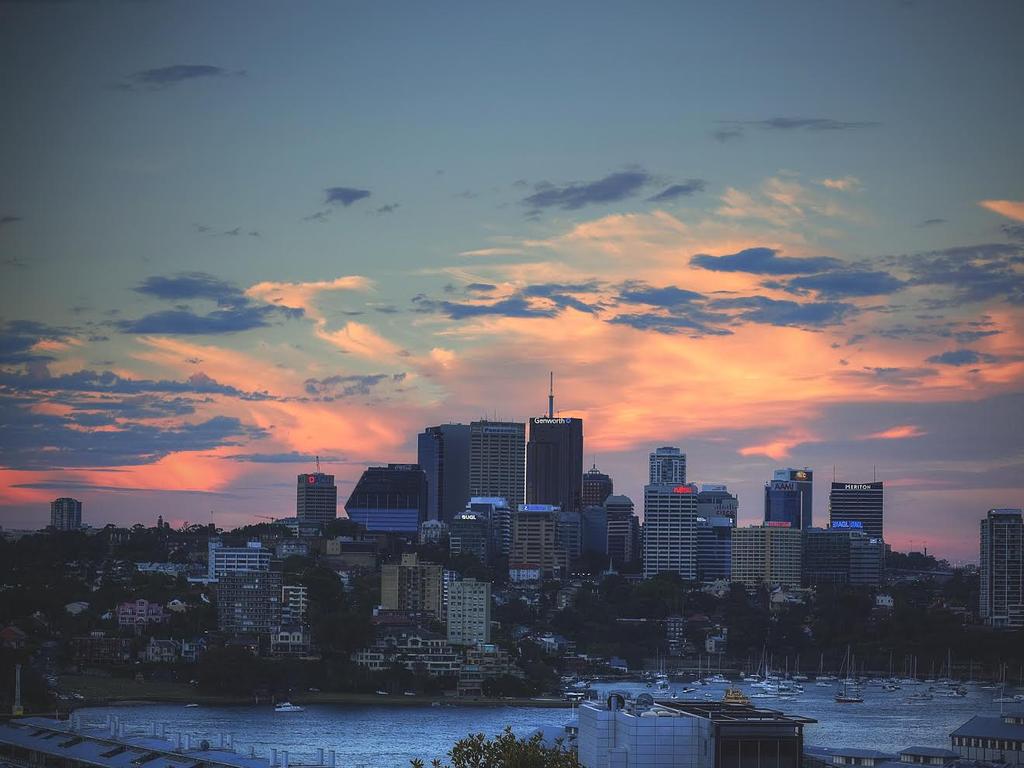
A damning poll in 2023 found half of Victorians wanted local councils to be scrapped.
The RedBridge poll, conducted for the Herald Sun, found 45 per cent of respondents wanted councils scrapped, while a similar number supported the state government taking control of services provided by councils.
A further 57 per cent were in support of council mergers to cut costs and share resources.
RedBridge director Kos Samaras said qualitative research found people often held mixed feelings about the role of councils.
“When you ask them which level of government do you trust the most, local government is always the top because they have a view that they live amongst us so they know our problems at an intimate level,” he said.
“But there is really a significant unknown about what local government does. That’s really a comms issue at the local government level, not educating their ratepayers as the full suite of services they do provide.”
Mr Samaras said regional communities tended to be opposed to amalgamations “for obvious reasons”.
“There’s less emotional baggage attached to local councils in urban areas,” he said.
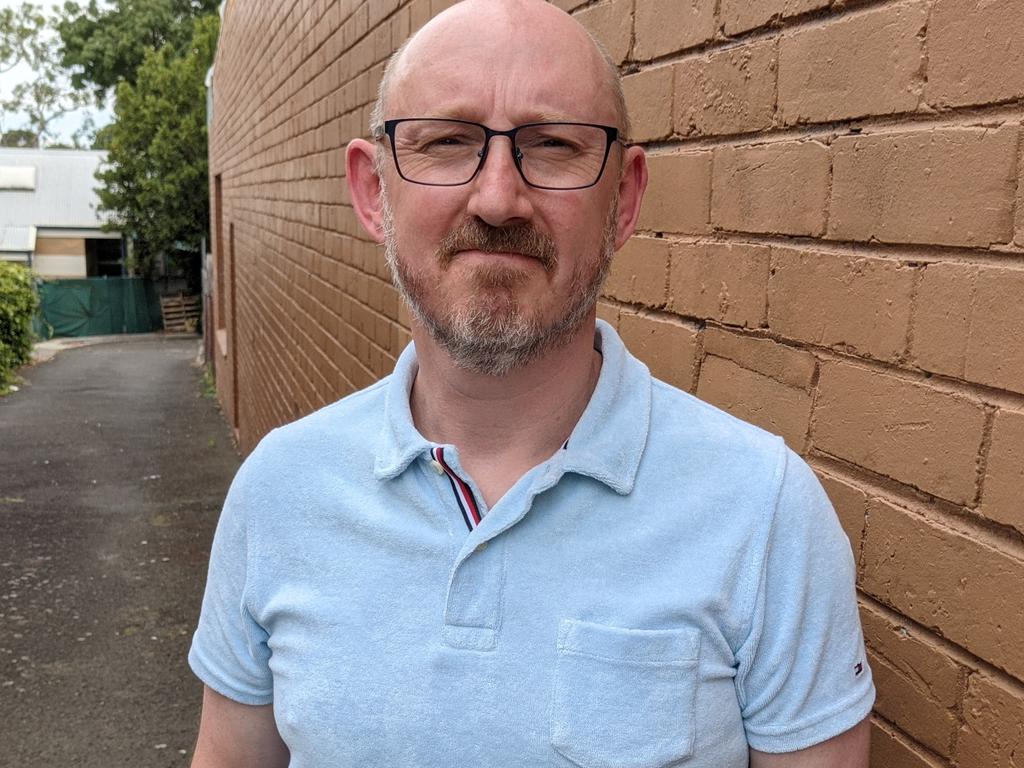
Freelancer chief executive Matt Barrie said there was something fundamentally “wrong with the way we structure government in this country”.
“Just about every week there’s a decision around property development, so the influence council has is over billions and billions of dollars in property development and infrastructure works,” he said.
“But councillors get paid very little money, and as a result you get people who are unqualified to administer some of these budgets. The responsibility of councils is to pick up garbage, fix potholes, look after parks and do town planning. But now they’re doing these massive projects spiralling out of control. I can’t fathom how a swimming pool could cost $122 million or how a council could have 1800 staff.”
The flip side is “you get complete mismanagement of huge amounts of money and you get corruption”, he added.
“You only have to go to the ICAC website and browse past investigations — there’s pages and pages [of councils]. I would think there’s probably not one council in the country where’s there isn’t some level of corruption because the amount of money involved is just so high.”
Matthew Camenzuli, a former member of NSW Liberal state executive now running against Energy Minister Chris Bowen in his Sydney seat of McMahon, said councils were important as “they are the closest to the community” but “there should be no duplication of government services”.
“There is too much corruption at the local level, mostly because major party hacks and factional warlords get elected on brand and don’t serve the community — they serve themselves,” he said.
“Too many of them are just trying to get their names on plaques or sell favours to mates. They game the electoral funding system, and it becomes a honey pot for developers. Political parties should be banned from council.”
Gladstone Mayor Matt Burnett, president of the Australian Local Government Association (ALGA), said Australia’s 537 councils “are the cornerstone of our communities, and support every aspect of our daily lives”.
“We are the most efficient, accessible and transparent level of government, and as highlighted in a 2024 OECD survey, also the most trusted,” he said in a statement.
“We are the level of government with the closest links to our communities and understand local needs. However, to deliver essential services and infrastructure, including 75 per cent of Australia’s road network, many councils are struggling with rising costs.”
Cr Burnett added that “unfortunately, federal and state funding to local government hasn’t kept pace with the rising cost of delivering local services”.
“This has been recognised by the federal government with a national inquiry into local government sustainability, which ALGA has provided a comprehensive, evidence-based submission calling for increased federal funding,” he said.
“Importantly, to achieve national priorities, we need effective local solutions. But we can’t do this without greater support and more sustainable funding to help build more connected, liveable and healthier communities.”






